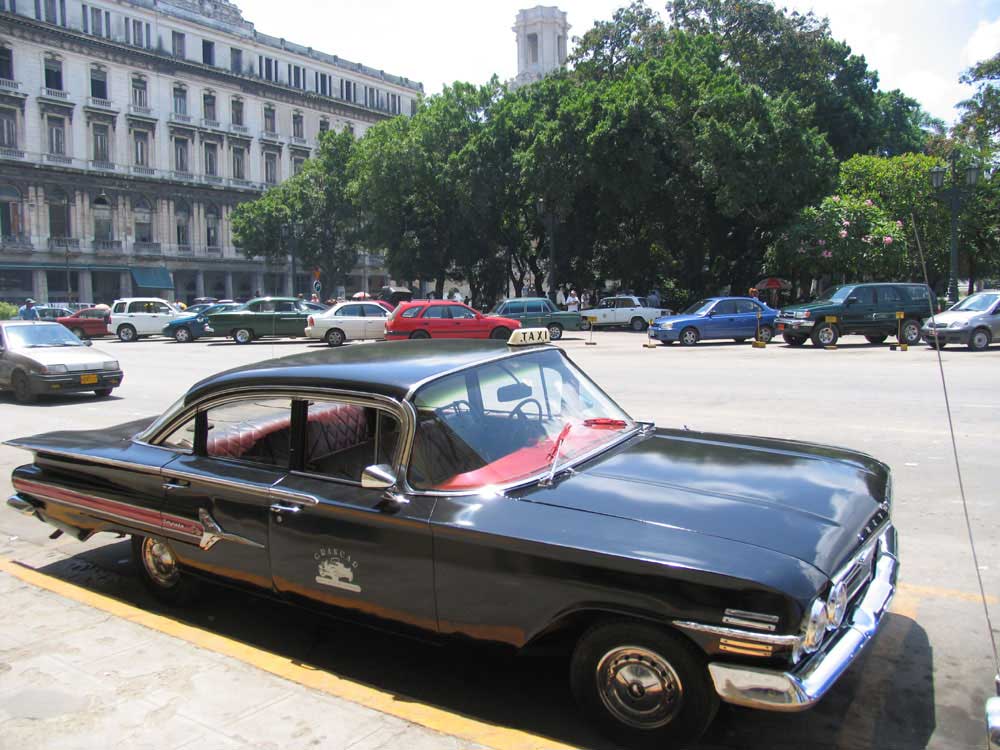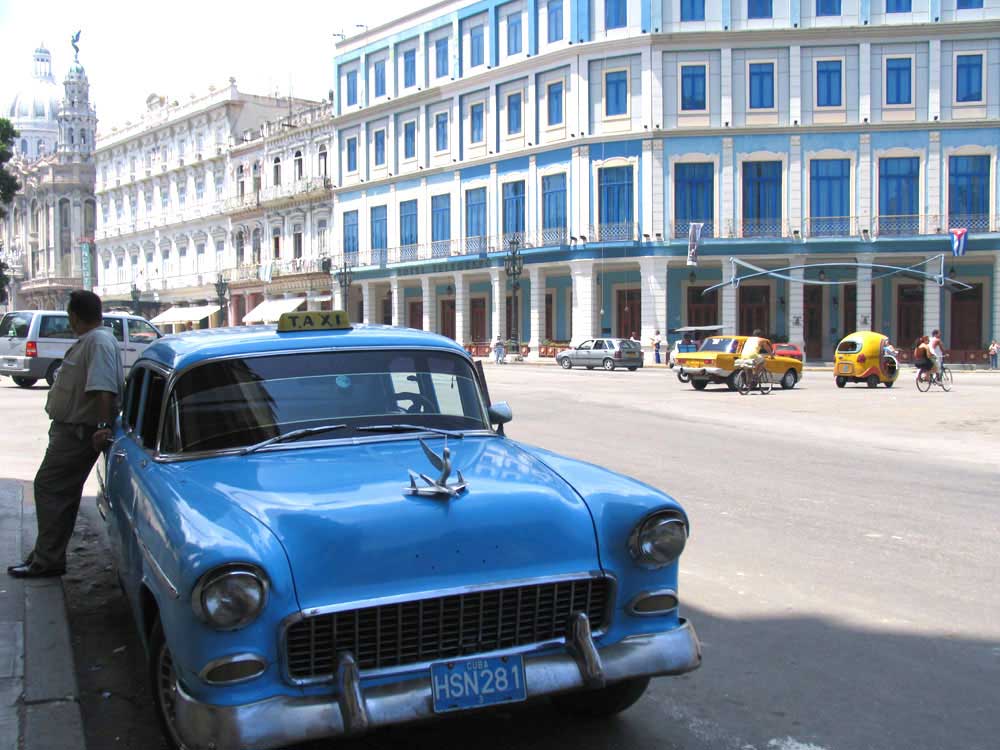On 13 March 1968, Fidel Castro unexpectedly announced the seizure of all remaining (52,000) small businesses in the name of teaching citizens Communist behavior, values and consciousness once and for all. Only selected sectors of businesses remained in private hands—although unofficially. One was the system of collective taxis with established routes around the city; a separate fleet of entrepreneurs provided inter-provincial service. Drivers, whose giant American-made, creatively maintained cars were never replaced by Soviet imports, charged the same rate, regardless of where they picked a passenger up on a route or dropped him/her off. The state was unable to replace the valuable service they provided, especially since state buses often operated off-schedule or not at all for varying reasons across decades. Consequently, the state made an exception and the taxis survived. What leaders never expected was their extraordinary popularity among foreign visitors who flooded Cuba in the 1990s to the early 2010s. After attempting to criminalize the carrying of non-nationals either within cities or across provinces (something which tourists and American-born-Cubans like me protested vociferously to police whenever we were stopped), the state purchased hundreds of old cars that competed directly and far more advantageously with parts- and gas-strapped private drivers. Legally barred from parking near tourist facilities where they might compete with government-owned cars, Cuba’s private drivers exploited the state’s need to keep foreign-currency-paying travelers happy by parking around the corner and soliciting rides from those walking by.

